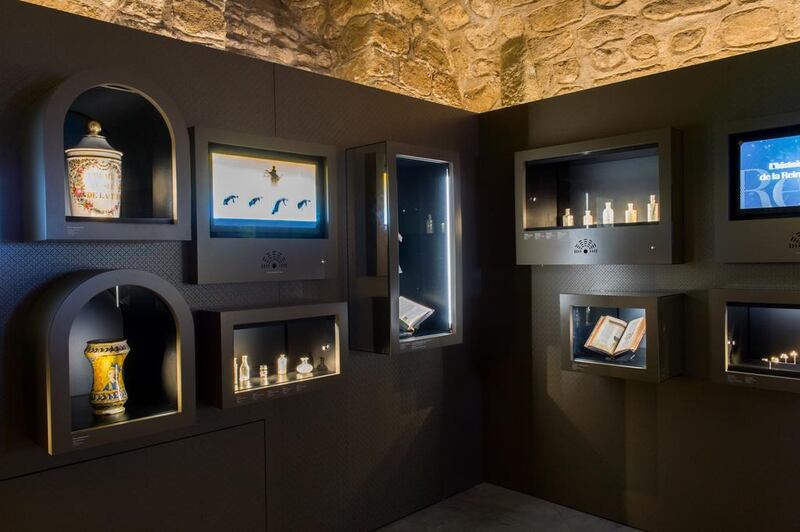If Paris is the capital of modern perfume then the Middle East, notably Mesopotamia and Egypt, were the hub in ancient times, stretching back 5,000 years.
Le Grand Musée du Parfum in Paris charts some of that period with maps showing the sources and routes of myrrh, olibanum (frankincense), cinnamon, saffron and Indian spices to the ancient capitals of Alexandria, Babylon and Samarkand.
Olibanum is an aromatic resin from the Boswellia shrub, which grew in abundance in areas of Oman, Yemen and Ethiopia.
The Egyptian queen Hatshepsut had such a passion for the fragrance that wall paintings on her temple show an expedition to the Land of Punt, as the Horn of Africa was then known, to collect it, along with myrrh, and turpentine (pine) resin.
By the time of Alexander the Great, it was myrrh, styrax, lemongrass, saffron, ambergris and citron on the perfumer’s list of ingredients. Along with jasmine, honey and lilies, many of these ingredients are still prized in perfumery today.
Entrancing images of ancient Egyptian hieroglyphics in the museum illustrate the method the Egyptians (and Mesopotamians) used for crushing flower petals, such as lilies, in wooden pressing machines to extract oil, which was blended by hand with spices and aromatic resins to create solid perfumes that would be placed on a burner. Egyptian priests were the first perfumers and used the aromatic resins to sweeten their sacred rituals. They believed burning incense connected humans with the Gods.
The woody pungency of kyphi is the earliest known fragrance, created by the ancient Egyptians and had amongst its ingredients myrrh, sweet rush, cypress grass, wine, honey, raisins, resin and juniper pounded together, although recipes did vary from temple to temple.
Tapputi Belatekallim is considered to be the world’s first chemist and “nose”, having lived in Babylon in the second millennium BC where she whipped up some heady perfumes for the king. Her existence is recorded on a cuneiform tablet dated about 1200 BC.
One of her recipes survives and includes a preparation of flowers, oil and calamus along with cypress, myrrh and balsam. She added a solvent and distilled and filtered the perfume several times.
The perfumes of the ancients may have their roots in the Arabian world, but it is not the earliest on record.
The first writings about fragrant ingredients date back to China in 4500 BC, so it is entirely possible the perfume history goes back farther.
artslife@thenational.ae





